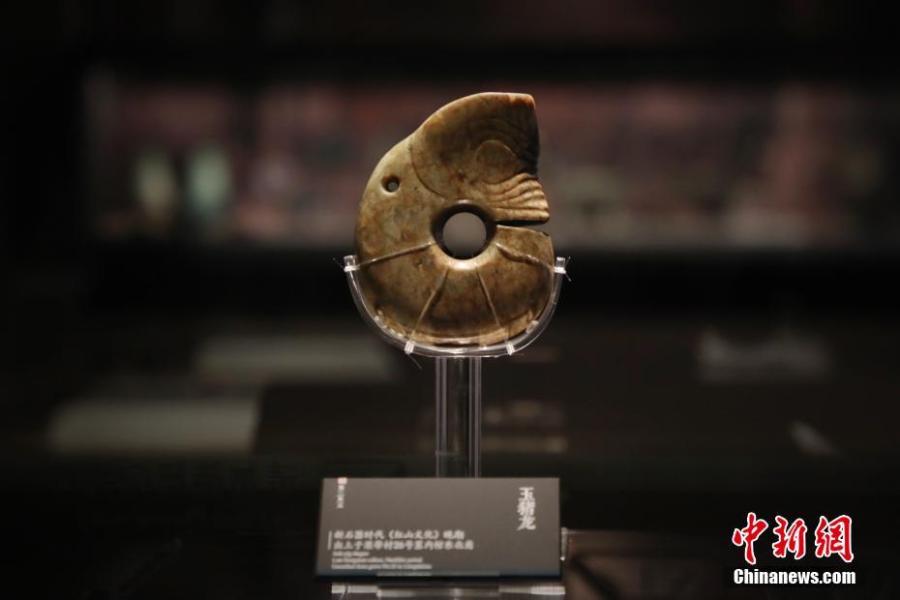
A jade carved pig dragon is on display at the relics museum of the Rui state in Liangdai Village in Hancheng City, Shaanxi Province, April 3, 2019. The museum is built upon the tomb complex of the Rui state during ancient China's Zhou Dynasty (1046 BC - 256 BC). Inscriptions on bronze vessels from the tombs indicated the occupants were the monarchs of the Rui state and their spouses. (Photo: China News Service/Zhao Hao)
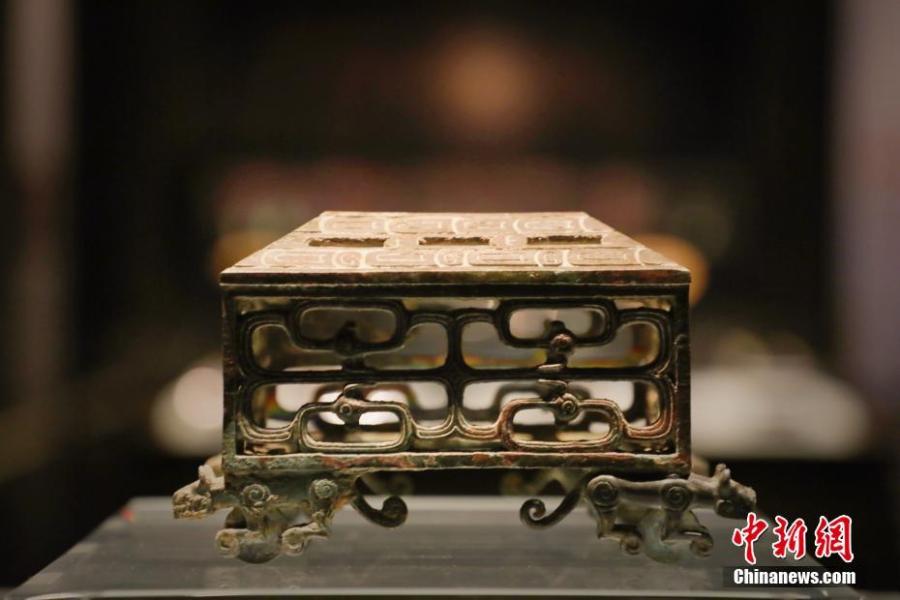
Displays at the relics museum of the Rui state in Liangdai Village in Hancheng City, Shaanxi Province, April 3, 2019. The museum is built upon the tomb complex of the Rui state during ancient China's Zhou Dynasty (1046 BC - 256 BC). Inscriptions on bronze vessels from the tombs indicated the occupants were the monarchs of the Rui state and their spouses. (Photo: China News Service/Zhao Hao)
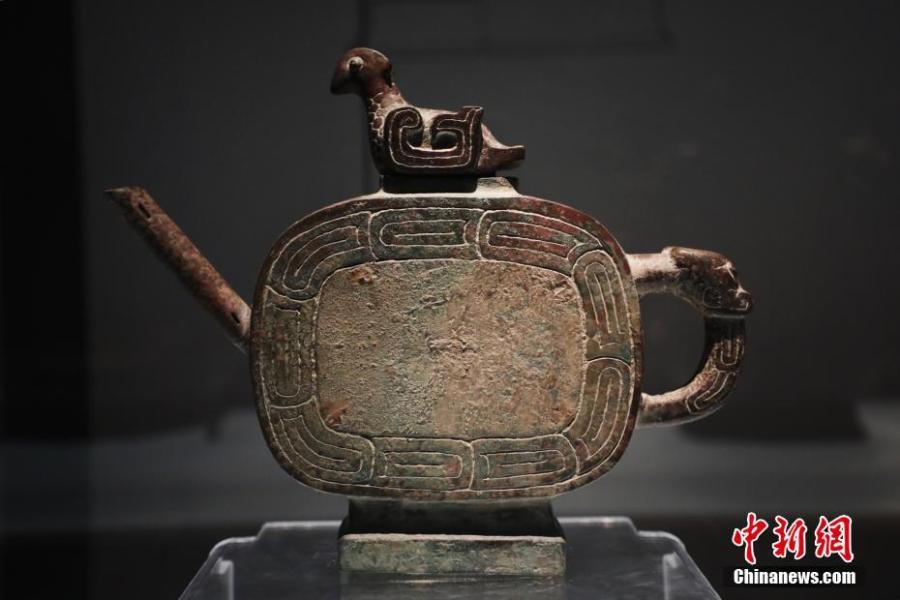
Displays at the relics museum of the Rui state in Liangdai Village in Hancheng City, Shaanxi Province, April 3, 2019. The museum is built upon the tomb complex of the Rui state during ancient China's Zhou Dynasty (1046 BC - 256 BC). Inscriptions on bronze vessels from the tombs indicated the occupants were the monarchs of the Rui state and their spouses. (Photo: China News Service/Zhao Hao)
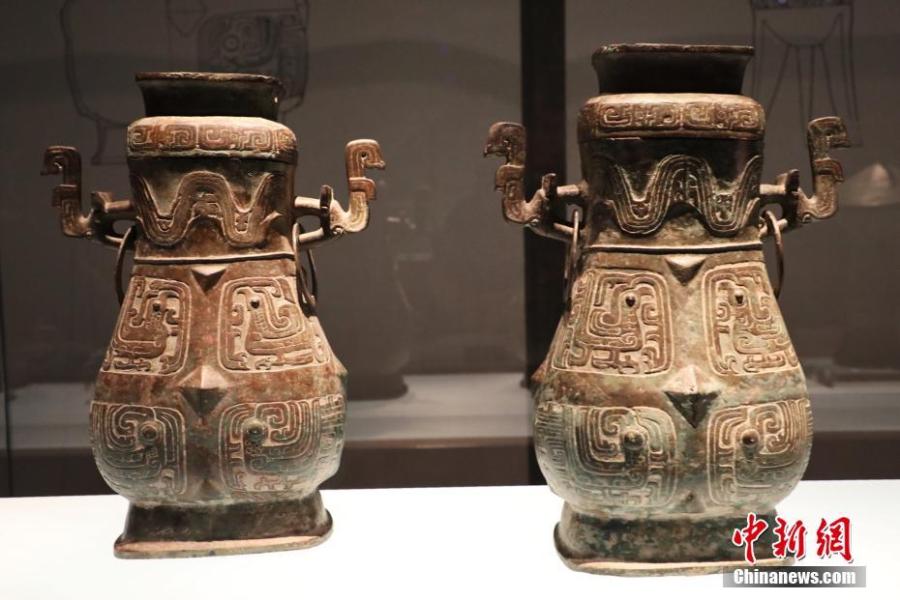
Displays at the relics museum of the Rui state in Liangdai Village in Hancheng City, Shaanxi Province, April 3, 2019. The museum is built upon the tomb complex of the Rui state during ancient China's Zhou Dynasty (1046 BC - 256 BC). Inscriptions on bronze vessels from the tombs indicated the occupants were the monarchs of the Rui state and their spouses. (Photo: China News Service/Zhao Hao)
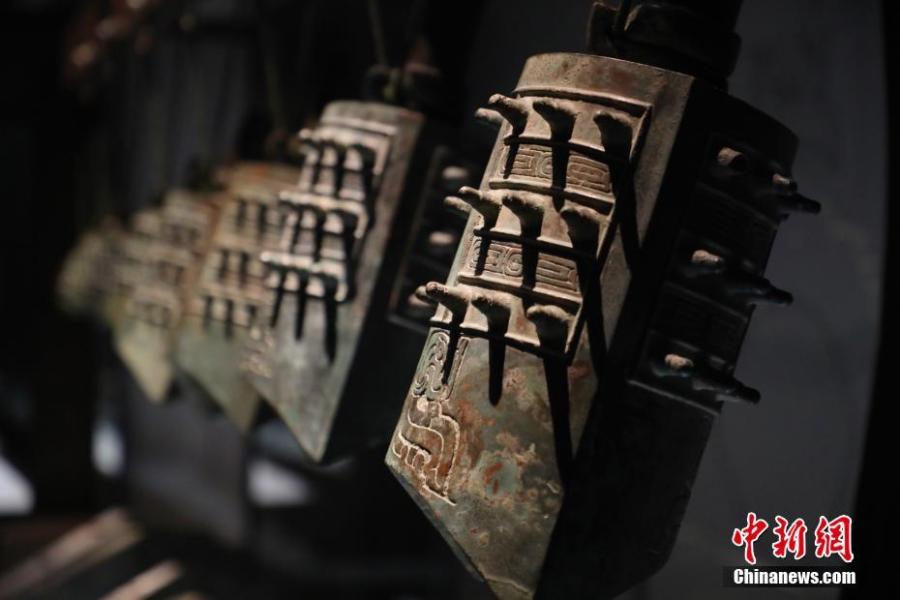
Displays at the relics museum of the Rui state in Liangdai Village in Hancheng City, Shaanxi Province, April 3, 2019. The museum is built upon the tomb complex of the Rui state during ancient China's Zhou Dynasty (1046 BC - 256 BC). Inscriptions on bronze vessels from the tombs indicated the occupants were the monarchs of the Rui state and their spouses. (Photo: China News Service/Zhao Hao)
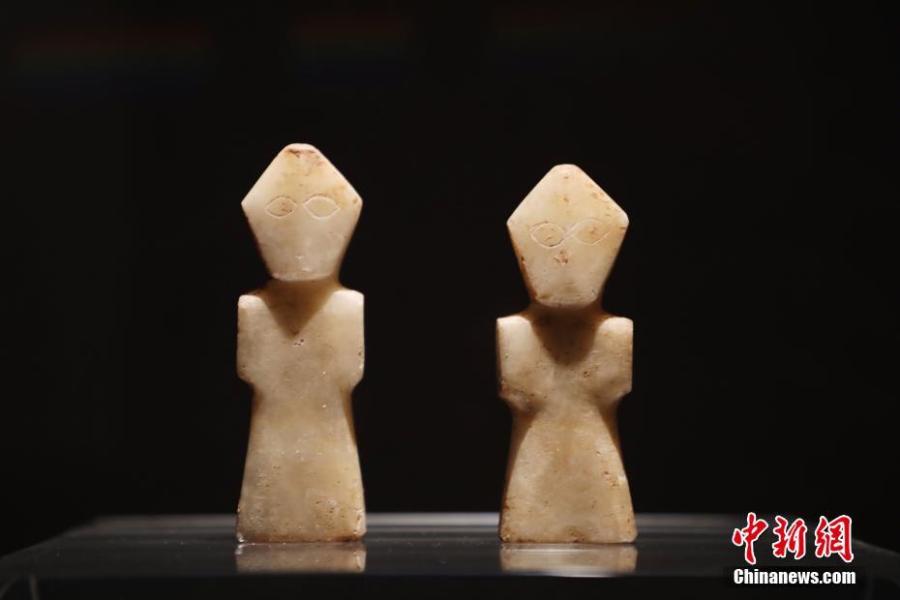
Displays at the relics museum of the Rui state in Liangdai Village in Hancheng City, Shaanxi Province, April 3, 2019. The museum is built upon the tomb complex of the Rui state during ancient China's Zhou Dynasty (1046 BC - 256 BC). Inscriptions on bronze vessels from the tombs indicated the occupants were the monarchs of the Rui state and their spouses. (Photo: China News Service/Zhao Hao)





